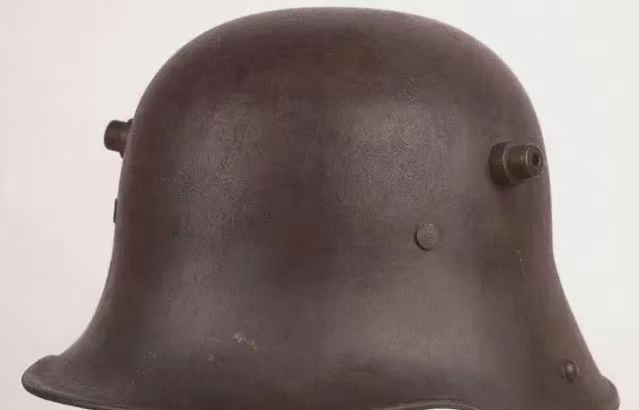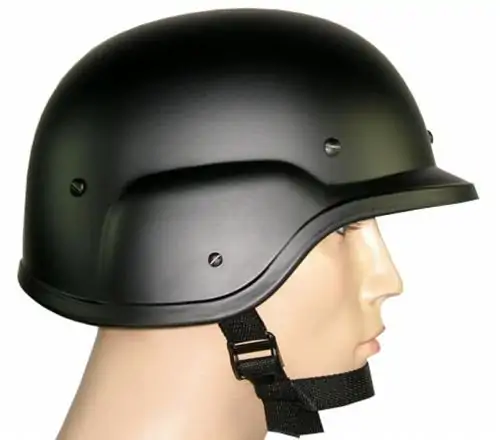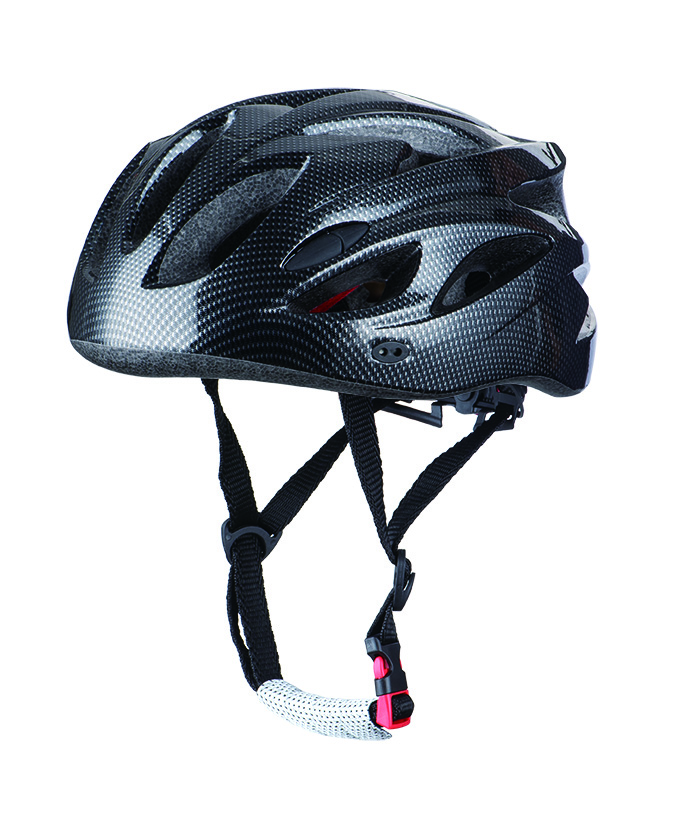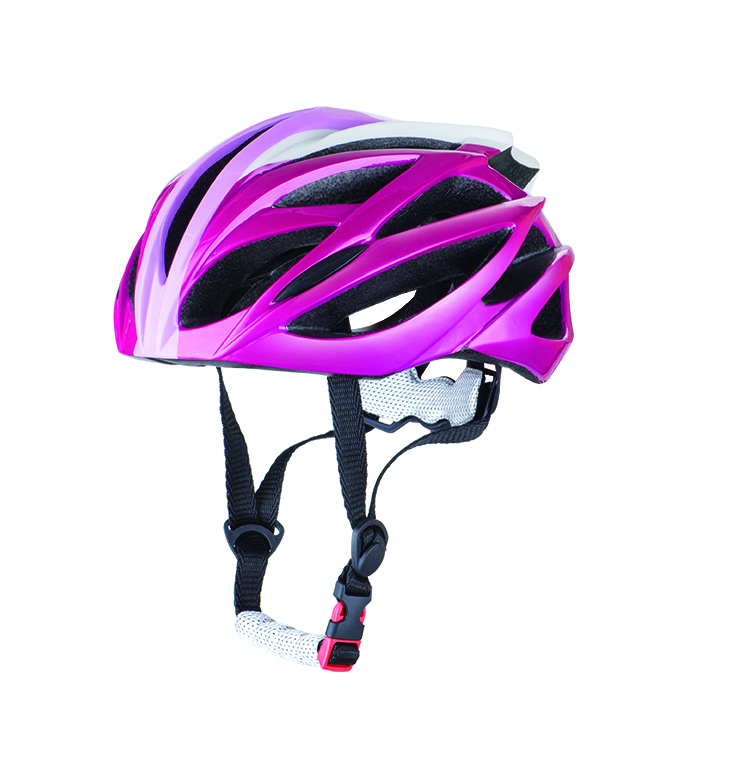
Riding helmets, as a specialized head protective equipment designed for cyclists, have gone through a long development process. From the initial simple design to the application of modern technology, cycling helmets have been continuously improved and innovated, providing riders with a higher level of safety protection and comfort. Next, we will review the development process of cycling helmets.
The history of cycling helmets can be traced back to the early 20th century. At that time, bicycles became increasingly popular as the main means of transportation, and cycling accidents also gradually increased. People are beginning to realize the harm of head injuries to cyclists and are attempting to create equipment that can protect their heads. The original riding helmets were simple in design and used materials such as leather and foam to provide some head protection. However, due to limitations in technology and materials, these helmets have many shortcomings in terms of protection and comfort.
 With the advancement of technology and increasing awareness, the design of cycling helmets began to improve in the 1950s. Introducing metal materials
With the advancement of technology and increasing awareness, the design of cycling helmets began to improve in the 1950s. Introducing metal materials In the 1970s, the introduction of plastic technology made the production of cycling helmets more lightweight, flexible, and comfortable. Plastic materials not only have excellent impact resistance, but can also be customized according to the shape of individual heads, providing better safety and comfort. During this period, the design of cycling helmets began to diversify, with more choices of colors and styles to meet the personal preferences and styles of different cyclists.
In the 1970s, the introduction of plastic technology made the production of cycling helmets more lightweight, flexible, and comfortable. Plastic materials not only have excellent impact resistance, but can also be customized according to the shape of individual heads, providing better safety and comfort. During this period, the design of cycling helmets began to diversify, with more choices of colors and styles to meet the personal preferences and styles of different cyclists. In the 1980s, the development of cycling helmets entered a new stage. The introduction of foam filling and polymer materials enables the helmet to better absorb and disperse the energy of collision and impact, further improving the level of head protection. At the same time, the design of helmets began to focus on ventilation and comfort. The introduction of ventilation holes and ventilation systems provides better airflow and heat dissipation, while maintaining a dry head and suitable temperature.
In the 1980s, the development of cycling helmets entered a new stage. The introduction of foam filling and polymer materials enables the helmet to better absorb and disperse the energy of collision and impact, further improving the level of head protection. At the same time, the design of helmets began to focus on ventilation and comfort. The introduction of ventilation holes and ventilation systems provides better airflow and heat dissipation, while maintaining a dry head and suitable temperature. With the continuous progress of technology, cycling helmets began to adopt more advanced materials and designs in the early 21st century. For example, the use of carbon fiber reinforced composite materials has made significant breakthroughs in helmet lightweight, while still possessing excellent impact resistance. In addition, the interior filling of the helmet has also been further optimized, and higher density foam materials have been used to provide better energy absorption and protection effects.
With the continuous progress of technology, cycling helmets began to adopt more advanced materials and designs in the early 21st century. For example, the use of carbon fiber reinforced composite materials has made significant breakthroughs in helmet lightweight, while still possessing excellent impact resistance. In addition, the interior filling of the helmet has also been further optimized, and higher density foam materials have been used to provide better energy absorption and protection effects.
The development process of cycling helmets can also be traced back to the attention and application of aerodynamic design. With the increasing demands for speed and efficiency, cyclists are beginning to pay attention to the aerodynamic performance of helmets. In the past few decades, designers have improved the aerodynamic performance of helmets by changing their shape, reducing wind resistance, and optimizing ventilation systems. By using a streamlined shape and reducing edge effects, modern cycling helmets can reduce wind resistance and increase cycling speed. Some high-end cycling helmets are also designed with multiple ventilation holes and channels to keep the rider's head cool and breathable.
In addition to aerodynamic performance, cycling helmets have also made significant progress in materials and manufacturing processes. Modern cycling helmets use high-performance polymer and composite materials, which are lightweight and have excellent impact resistance. The manufacturing process has also been improved, such as the use of mold injection technology and automated production lines, to improve the quality and consistency of helmets.

In addition, the comfort of cycling helmets has also received increasing attention and improvement. The interior of the helmet features cushions and adjustable straps to provide a better fit and stability. Some high-end helmets are also equipped with detachable linings and ventilation nets for easy cleaning and hygiene maintenance.
The development process of cycling helmets is also driven by regulations and standards. Many countries and regions have established regulations and testing standards that require cycling helmets to meet certain safety requirements. This has prompted manufacturers to continuously improve the quality and safety performance of helmets, providing reliable protection for consumers.
In the future, the development trend of cycling helmets will continue to move towards higher levels of safety performance, comfort, and intelligence.